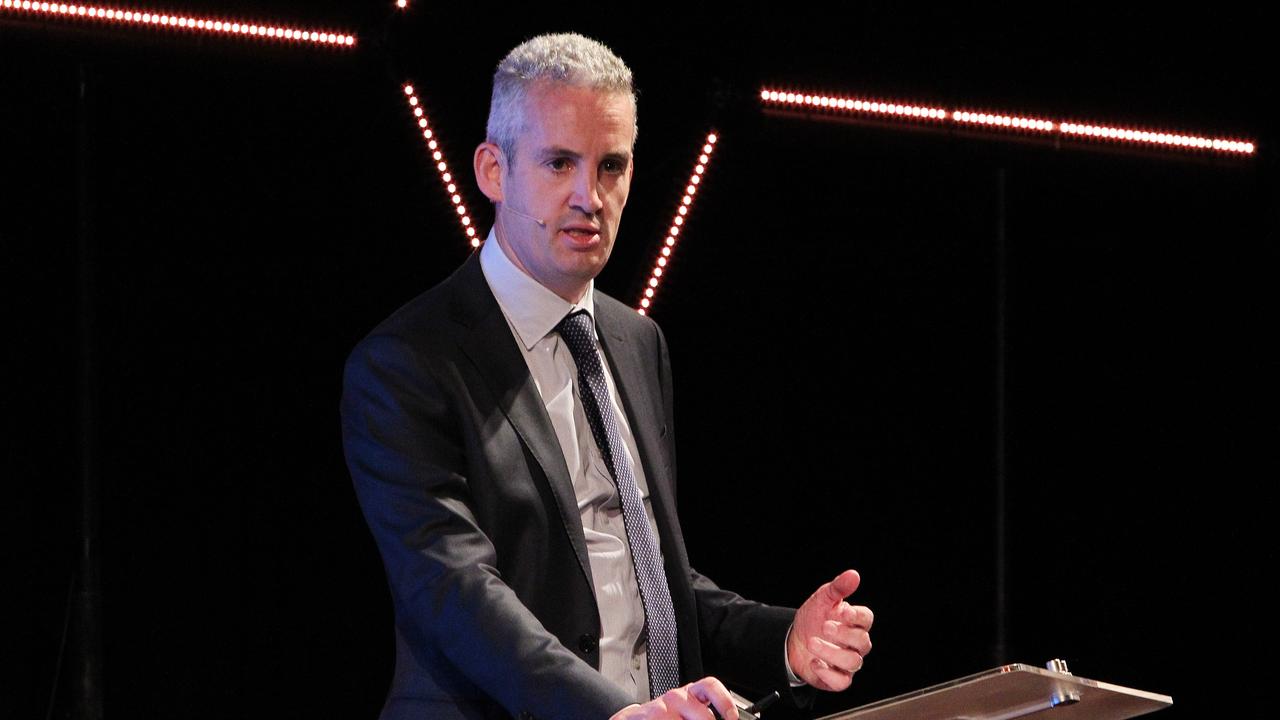Young Australians more likely to experience defaults, hardship as affordability woes bite: Experian
Young Australians are being hammered by an unaffordable housing market and widespread cost of living pressures as loan arrears surge in the past year.

Business
Don't miss out on the headlines from Business. Followed categories will be added to My News.
Younger people are experiencing financial hardship at faster rates than any other cohort as an onslaught of pressures from an unaffordable housing market and widespread cost-of-living pressures force many to risky unsecured personal loans to make ends meet.
Analysis by Experian shows the lending environment has significantly deteriorated in the past 12 months with a 17 per cent uptake in personal loans by Generation Z (born between 1997 and 2012) since April 2023, which has coincided with a spike in missed repayments, up 26 per cent.
Experian reports the cohort was experiencing significant financial stress, with a 42 per cent increase in the number of Gen Z accounts behind on loan repayments compared to April 2022.
The credit bureau’s 2024 Risk Radar Report shows people who have taken out a mortgage since 2019, particularly first-home buyers, and have fallen behind on one or more repayments, has increased six times more than those with a home loan before 2007 and five times between 2008 and 2015.
Experian head of innovation Jordan Harris said Gen Z had been more affected by inflation, cost of living such as increased rental repayments and interest rate rises, than any other generation, which had led to many turning to personal loans to stay afloat.
“Gen Z borrowers are taking up personal unsecured loans at a higher rate than other demographics, but also struggling to meet the repayments, showing a worse repayment history than the other demographics,” he said.

“It’s taking longer to save or build up savings to make a purchase. An unsecured loan is one way ... but Gen Z is being more impacted than older generations because they don’t have the luxury of being established in the property market and using equity or savings.”
RBA governor Michele Bullock said this month that 5 per cent of households faced a “cash flow shortfall” and some could be forced to sell their homes to stay afloat.
Australian Banking Association chief executive Anna Bligh said banks recognised that many young people were doing it tough and that banks had dedicated hardship teams ready to help customers facing financial difficulty.
“This has been exacerbated given current challenges in the rental market as well as the tendency of younger people to have lower savings buffers,” she said.
“I urge any young person facing financial stress to reach out to their bank and get help. The earlier people reach out ... the easier and quicker it is for banks to put support options in place.”
Mr Harris said borrowers with mortgages after 2019 were struggling to stay afloat because housing prices had continued to increase.
“People are having to pay more for the same property to get or pay more monthly, you know, for the same sort of property,” he said. “That creates stress because more people’s household income is going into their mortgage repayment.
“Recent borrowers haven’t yet had a chance to build up that buffer and that sort of safety net over time, so they’ve taken out a loan, and then they faced more interest rate rises.
“They likely expected this. They weren’t shocking.”

The Australian Financial Security Authority has warned that personal insolvencies will surge by more than 20 per cent to nearly 15,000 this financial year as households dig into their savings to pay debts amid an expected increase in the unemployment rate as the economy grinds to a halt.
AFSA chief executive Tim Beresford said last week that younger people and renters were most vulnerable, with the latter making up 80 per cent of personal insolvencies despite accounting for 20 per cent of the population.
Australian Retail Credit Association chief executive Elsa Markula said young people were feeling the strain of rising living costs, which was clearly influencing their credit behaviour.
“In light of the current economic climate, it has never been more important to educate yourself about your credit health ... check your credit reports regularly to stay informed and in control,” she said.
The value of home loans in arrears by 30 to 89 days rose for the seventh consecutive quarter in June, the latest APRA Quarterly ADI Property Exposure statistics data shows.
This amount is $5.93bn, or 66.3 per cent higher than before the RBA rate hikes started in 2022.
“A rate cut would help Gen Zs with variable personal loans who will see their repayments reduced which will allow them to pay off their loan sooner or contribute more to their savings and accelerate their entry into the market,” Mr Harris said.
“If it came alongside slowing inflation it could allow Gen Zs to get back on a path to being able to afford property ownership.”
The cash rate increased from 0.1 per cent in April 2022 to 4.35 per cent in November 2023, where it has remained.
More Coverage
Originally published as Young Australians more likely to experience defaults, hardship as affordability woes bite: Experian





